FS Colour Series: Sanguine inspired by Cezanne’s Fired Earth
SANGUINE linen shares an earthy, enveloping warmth with the great French Post-Impressionist Paul Cezanne, who infused his paintings with this glorious, sun glazed terracotta. Famously writing “the truth is in nature”, Cezanne obsessively copied the colour and light in the South of France onto canvas, capturing golden sunlight with soft sandy and earthy hues as it flooded interior scenes or dried out the earth under his feet. Reflecting on the rich tapestries of colour he saw unfolding before him he wrote, “Nature is more depth than surface, the colours are the expressions on the surface of this depth; they rise up from the roots of this world.”
Cezanne was born in Aix-en-Provence and the deep affinity with nature he developed as a child would stay with him for life. As a largely self-taught artist Cezanne attended evening drawing classes in Aix, before moving to Paris and trying unsuccessfully to enter the Ecole des Beaux Arts. He educated himself by copying masterpieces at the Louvre by Titian, Rubens and Michaelangelo in a series of dark, impasto studies, often capturing Biblical or macabre subjects. Joining life drawing classes at the Academie Suisse proved fortuitous when he met the burgeoning, struggling members of the Impressionist group including Camille Pissarro, Claude Monet and Auguste Renoir and soon adopted their style.
Pissarro had a particularly profound influence on Cezanne, encouraging him to paint with thinner paint and brighter colours, capturing the transitory light effects in nature as they flickered and moved in changing patterns before him. When he moved to L’Estaque in the South of France in 1870 Cezanne was dazzled by the vibrant sunlight and vivid colours, painting the landscape as a dense patchwork of soft greens and sandy yellows, while tiny, jewel-like patches of spicy red glisten in the sunlight, as seen in The Chateau de Medan, 1879-81.
In the 1880s Cezanne moved beyond the fleeting brushstrokes of Impressionism towards a preoccupation with weight and volume, as paint was applied in “constructive strokes”, square, flat planes of colour that form a tightly woven network across the canvas. In Large Pine and Red Earth, 1890-95 dusty red earth is painted in increasingly deep, umber tones as they move towards us suggesting depth and space, while dense green leaves seem to rustle and whisper as they shimmer through the air above.
Throughout the 1880s and 1890s Cezanne increasingly focussed on still life subjects, developing a fascination with the way we perceive real objects in space, not with a singular viewpoint but as a series of constantly shifting angles as our eyes roam across different surfaces. Colour played a vital role, adding a sense of volume to three dimensional objects which are each seen from different points of perspective; in Rideau, Cruchon at Compotier, 1893, earthy red fruits become orbs of glowing warmth, as writer Isabelle Cahn observes, “…each object radiates with an individual clarity.” In the slightly later Still life with Onions and Bottle, 1896-98, peach tones spread like flames across the carefully arranged table display before reaching various hot points of burning fire.
In his later years Cezanne was compulsively drawn again and again to paint Mont Sainte-Victoire near his childhood home at Aix; he conveyed its distinctive rocky peaks and barren, sun parched surroundings in a seemingly endless series of permutations, from varying viewpoints and times of day as it gradually evolved into abstract, geometric patterns of colour and light. In Mont Sainte-Victoire Seen from Les Lauves, 1902-6, the linear outline of the mountain is observed from a low perspective, as terracotta rocks in the foreground seem to shatter and break into geometric shards of rusty smoke and dust before our eyes. Monte Sainte-Victoire held both personal and cultural significance for Cezanne, as both a symbol of his fading childhood and the ancient, enduring spirituality of the countryside amidst rising industrialisation.





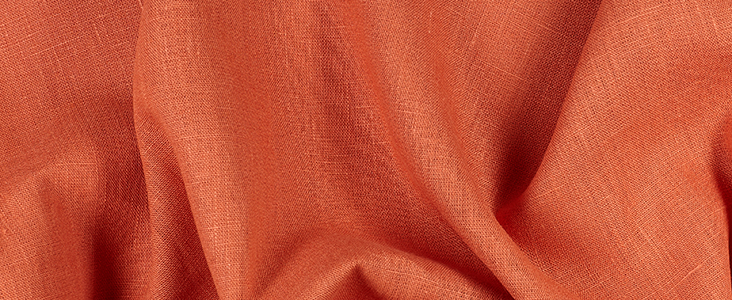
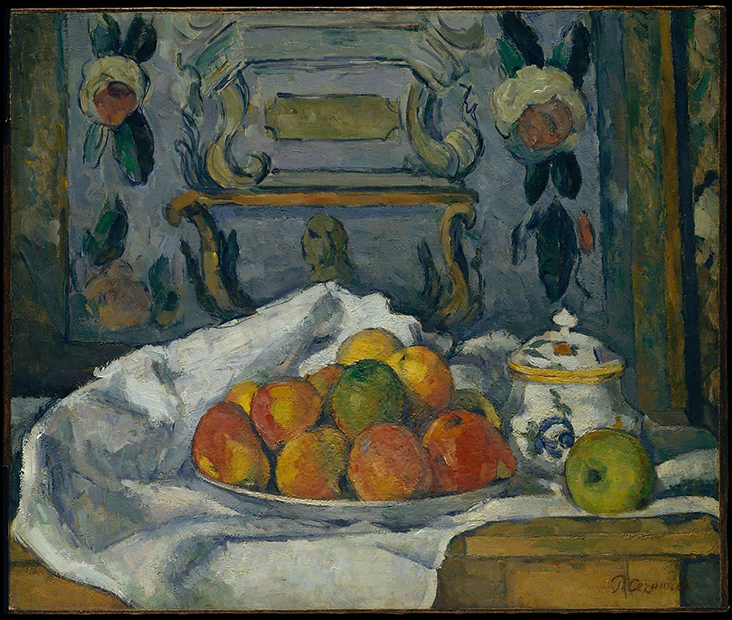
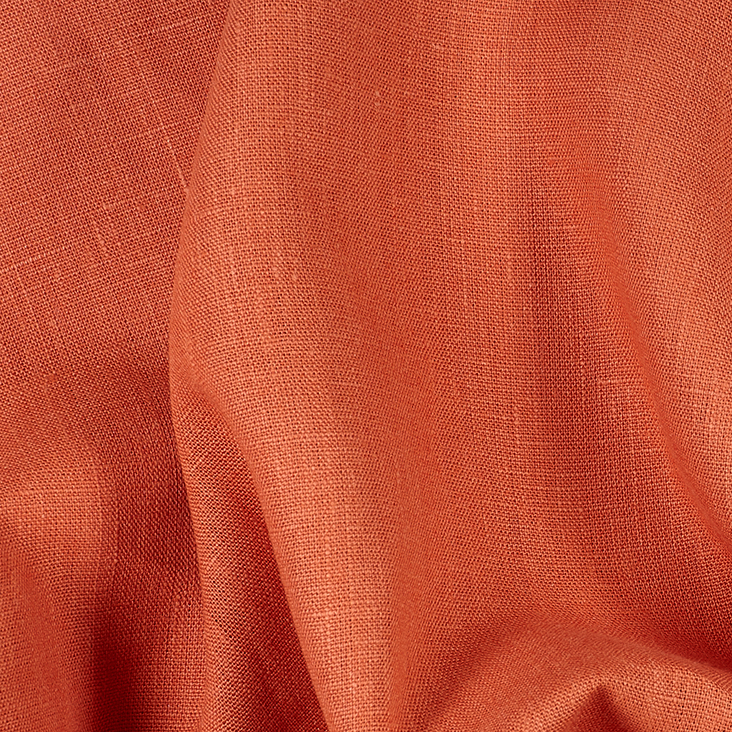
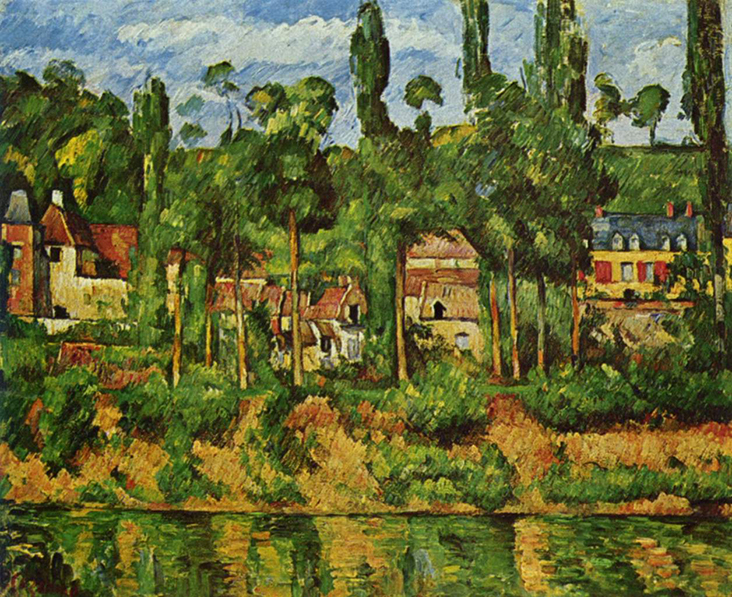
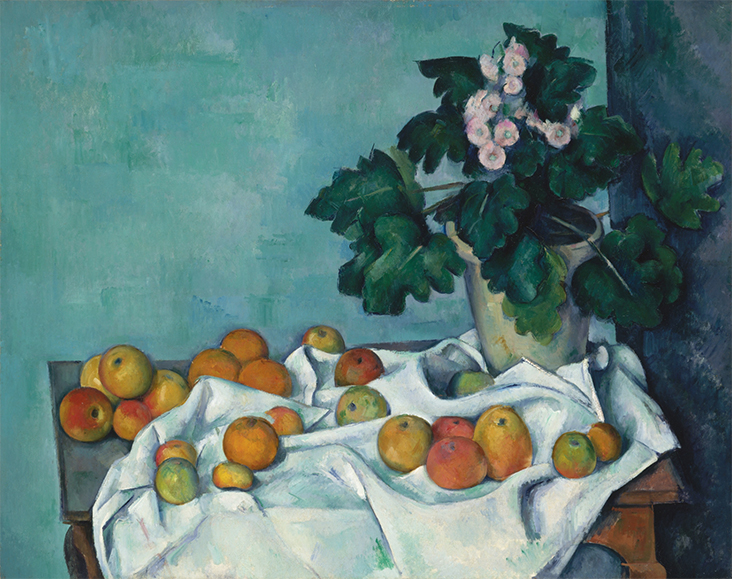
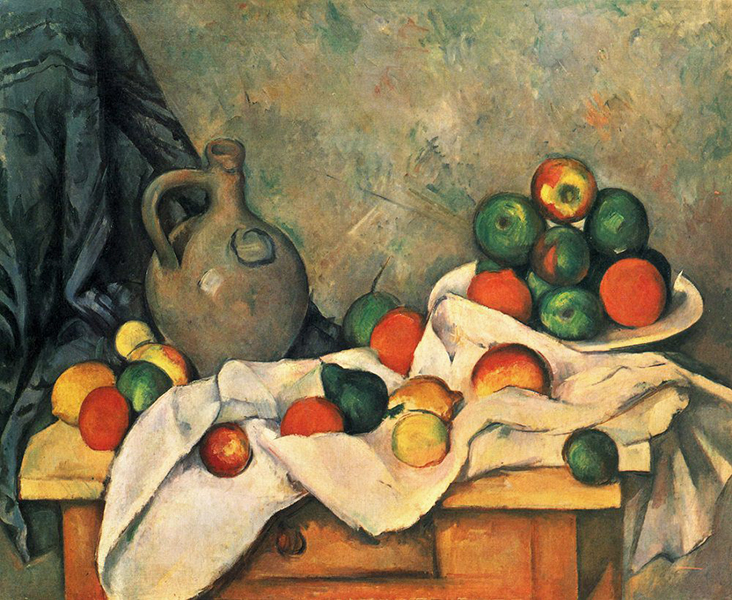
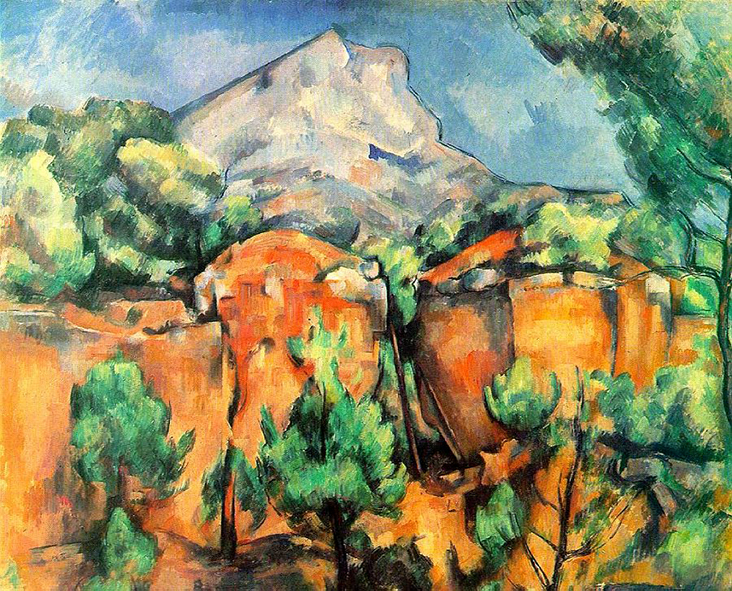







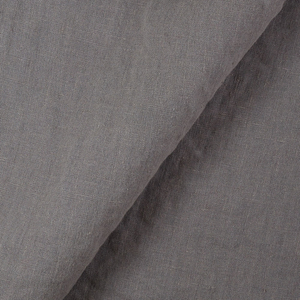
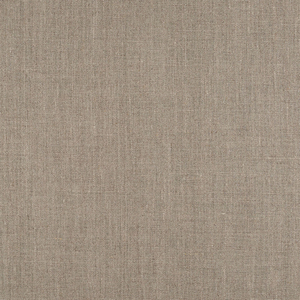
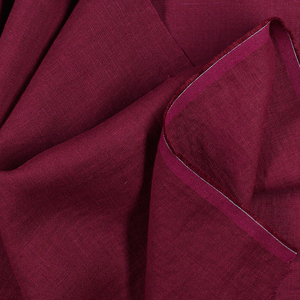
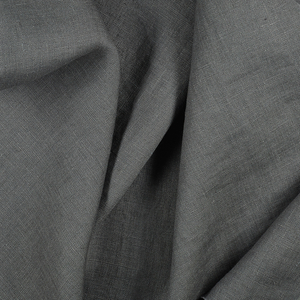


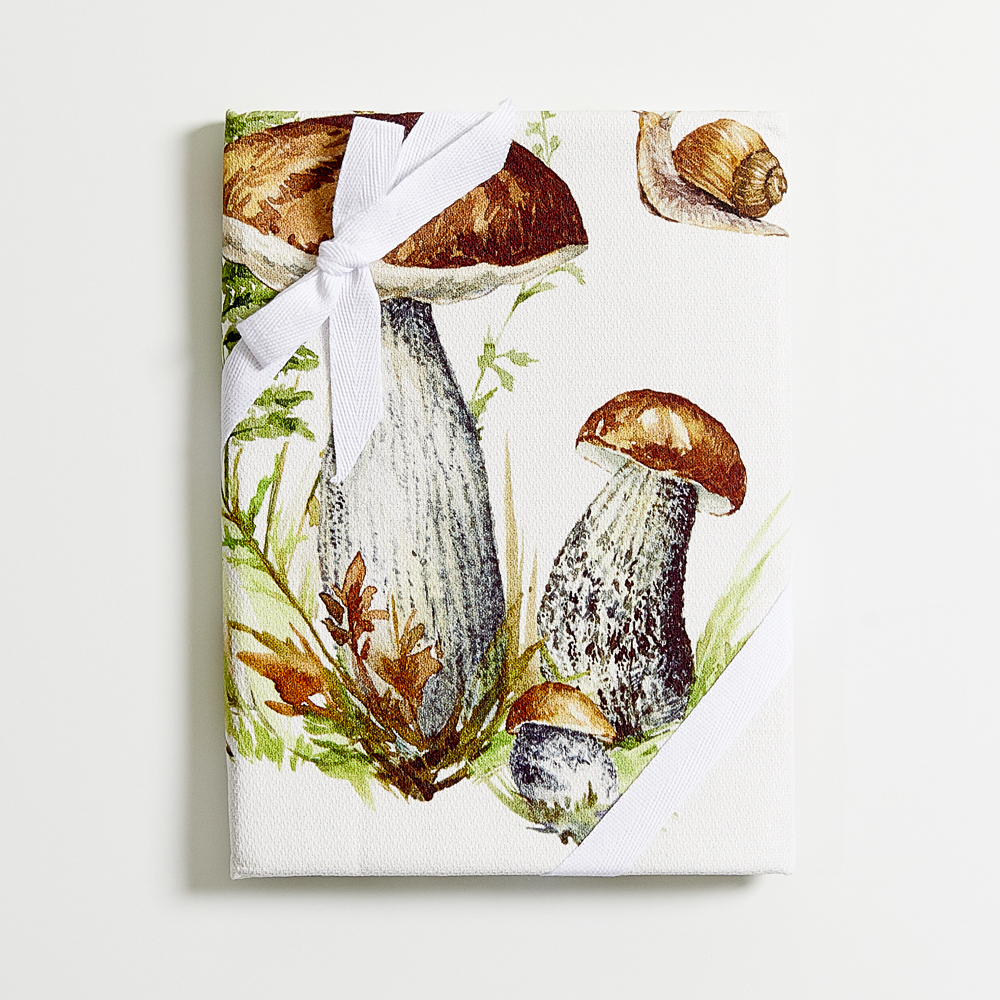






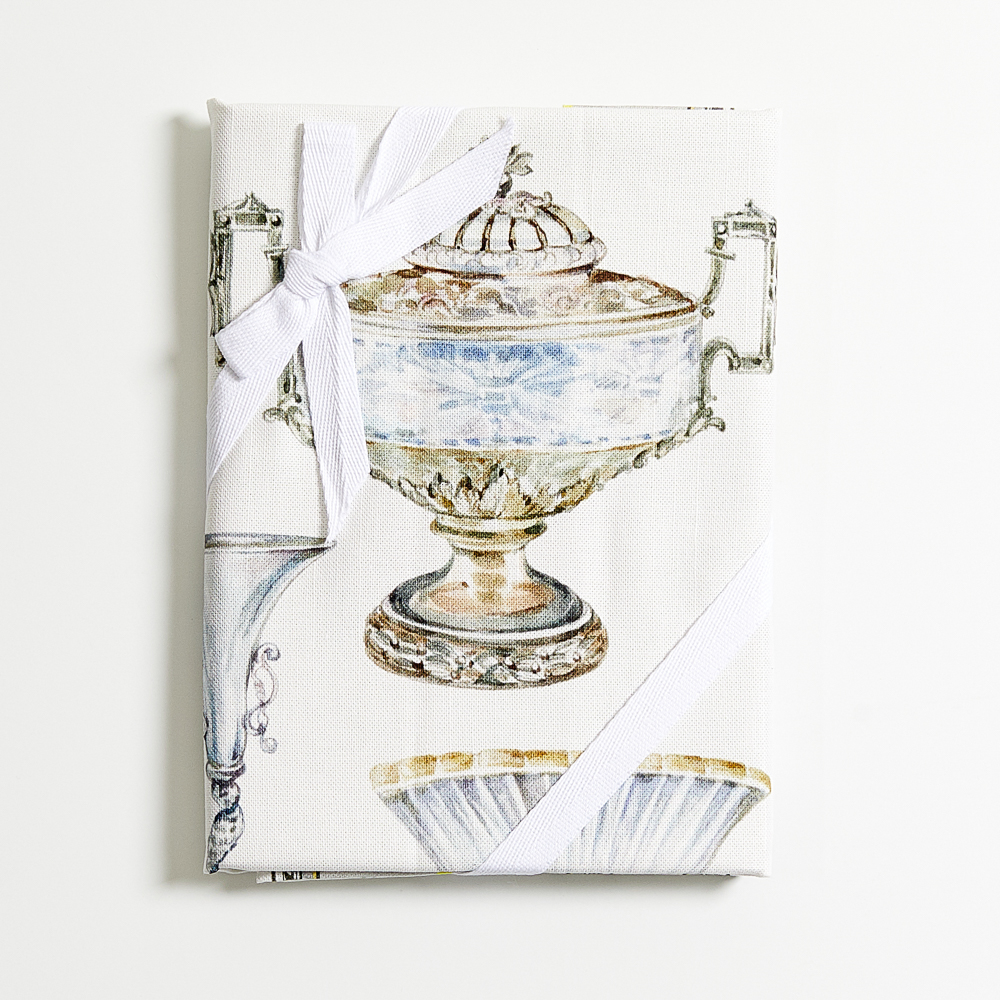







2 Comments
Sarah Dombrowsky
I love these articles, and do you know what? I just came to the site to read and I ended up making an order. It’s working–at least for me.
Barbara Geshekter
Another beautifully written and inspirational piece. Thank you.